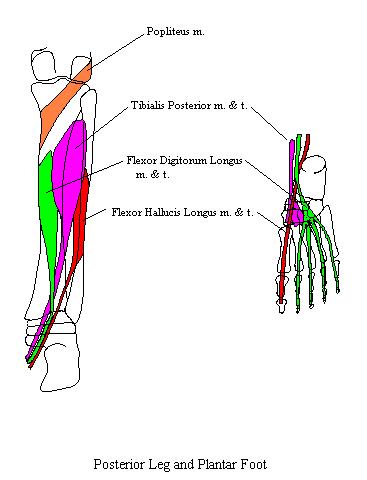
(150).jpg)

The tensor fascia latae is a thick, squarish muscle in the superior aspect of the lateral thigh. Gluteal Region Muscles That Move the Femur Organs with Secondary Endocrine Functionsĭevelopment and Aging of the Endocrine System Muscles of the Pectoral Girdle and Upper LimbsĪppendicular Muscles of the Pelvic Girdle and Lower Limbsīasic Structure and Function of the Nervous SystemĬirculation and the Central Nervous Systemĭivisions of the Autonomic Nervous System Interactions of Skeletal Muscles, Their Fascicle Arrangement, and Their Lever SystemsĪxial Muscles of the Head, Neck, and BackĪxial Muscles of the Abdominal Wall and Thorax Nervous Tissue Mediates Perception and Responseĭiseases, Disorders, and Injuries of the Integumentary SystemĮxercise, Nutrition, Hormones, and Bone TissueĬalcium Homeostasis: Interactions of the Skeletal System and Other Organ SystemsĮmbryonic Development of the Axial Skeletonĭevelopment and Regeneration of Muscle Tissue Organic Compounds Essential to Human Functioning Inorganic Compounds Essential to Human Functioning These three tendons form the pes anserinus.Structural Organization of the Human BodyĮlements and Atoms: The Building Blocks of Matter At its insertion, the semitendinosus tendon lies posterior to the tendon of the sartorius and inferior to that of the gracilis. ( n) Axial plan of the proximal leg shows the insertions of the semitendinosus tendon ( green) on the superomedial surface of the tibia ( T). T tibia, DPMCL deep posterior muscular compartment of the leg. The insertions of the biceps femoris ( light blue) on the lateral side of the fibular head ( FH) and the anterior arm of the semimembranosus tendon ( yellow) are visible in ( m). ( l) Axial plan of the knee shows the insertions of the semimembranosus tendon (direct arm yellow) on the medial tibial condyle. ( k) Axial plan of the knee shows fused fibers of the long and short heads of the biceps femoris ( light blue), semitendinosus ( green), and semimembranosus ( yellow) tendons. F femur, P patella, AMC anterior muscular compartment, QT quadriceps tendon, SPMCL superficial posterior muscular compartment of the leg. Note the semitendinosus tendon ( green) distally in ( i) and ( j). ( h) Bellies of the short ( blue) and long ( pink) heads of the biceps femoris, semitendinosus ( green), and semimembranosus ( yellow) muscles in the distal third of the thigh. F femur, MMC medial muscular compartment. Note also the muscle bellies of the long head of the biceps femoris ( pink), semitendinosus ( green), and semimembranosus ( yellow). The belly of this muscle is visible distally in ( g). ( f) The three muscle bellies have about the same areas in the middle third of the thigh, and the short head of the biceps femoris tendon ( blue) arises from the lateral lip of the linea aspera of the femur (*). Note the semimembranosus muscle belly ( yellow) distally in ( e). ( d) Axial plan of the proximal middle third of the thigh shows the muscle bellies of the long head of the biceps femoris ( pink) and semitendinosus ( green). Note that the semitendinosus muscle becomes bulbous distally in ( c). ( b) In the plan distal to A, the long head of the biceps femoris ( pink), semitendinosus ( green), and semimembranosus ( yellow) tendons are visible. Note also the semimembranosus tendon ( yellow) on the superolateral aspect of the IT. ( a) Axial T1-weighted MRI shows the long head of the biceps femoris arising together with the semitendinosus tendon ( red) on the inferomedial aspect of the ischial tuberosity ( IT).


 0 kommentar(er)
0 kommentar(er)
